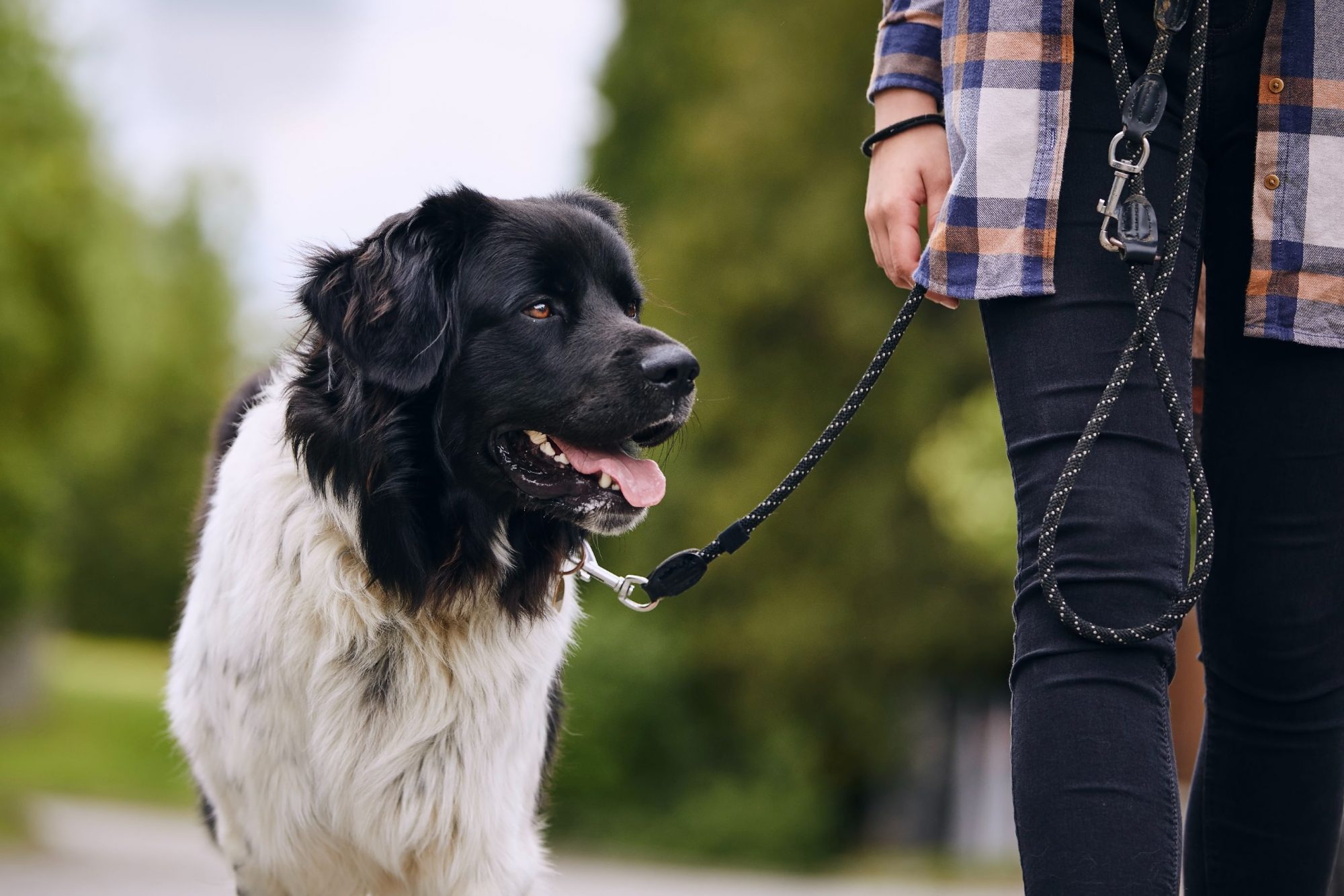The Right Skills to Make Dog Walking Easy and Fun

What could be better than going for a walk with your dog? Exercising together is the best way to get to know one another and begin to bond. And while it might seem counter-intuitive, not every dog comes equipped with the skills to walk on-leash. Some pull or yank, others drift, dawdle, or fall behind. Whatever the case may be for your newly adopted dog, it’s worth the time and energy to train them to embrace their leash, keep step with you, and not bolt after every squirrel they see. These dog walking tips are just for you.
First-Time Dog Owners
You have your work cut out for you if you are presently embarking on dog ownership for the very first time. It takes a lot of research, planning, and preparation to get where you are right now. Congratulations on taking the leap!
If you thought acquiring all the gear and managing initial expenses was a lot, get ready to rumble with training and socialization. It is no small feat to take all this on, and we’re with you every step of the way. Your newly adopted dog will benefit from your dedication and patience, and you’ll be showing them off around town in no time.
The Plunge
Purchasing the right gear for dog walking is critical to your success. For dogs that pull, fitting them with a harness will not only protect them from injury, but also inhibits pulling or yanking on their leash. If your dog likes to chew on their leash, provide a sturdier-than-normal leash. Over time you may be able to use a lightweight option.
Some collars, like the Martingale collar, tighten when dogs pull. This can be useful when starting out together, or in high-traffic areas. It may be best to introduce your dog to various types of collars, including a head collar, and different leashes in order to find the perfect fit. Due to the high incidence of injury, we do not recommend retractable leashes.
Hello, Neighborhood!
It is crucial to keep your dog on-leash until they are able to demonstrate mastery of certain commands, including “come,” “leave it,” “heel,” “stay,” and “down.” Once they graduate to this level of obedience training, you may have a great time in designated off-leash areas or open dog parks. Remember, your new dog should be fully vaccinated and protected from parasites before spending time in public places.
As a friendly reminder, have your dog’s ID tags secured to their collar and register your contact information with their microchip manufacturer.
Messes and Manners
Your dog will need a lot of help learning what is acceptable behavior, and what’s not. Bring healthy treats with you to keep them motivated to please you. Only reward good behavior and ignore the ones you want to discourage.
If approached by someone eager to meet your dog, try to keep your pup as calm as possible. As soon as they get too excited or jump up on them, it’s time to move on. This goes for other friendly dogs, too. Dog behavior can quickly go over the line so it’s a good idea to quit while you’re ahead. Keep your dog-walking routine close to home for the first few weeks, encouraging them to memorize their surroundings.
Don’t forget your pup’s waste bags! Always keep a few extra baggies attached to the leash or in your pocket. You just never know how much your dog might need to go!
The Best in Dog Walking
With time, consistency, commitment, and love, your dog walking skills will be off the charts. If you feel you need additional training support, give us a call at (916) 939-1705. MarketPlace Veterinary Hospital is always here for your pup!

